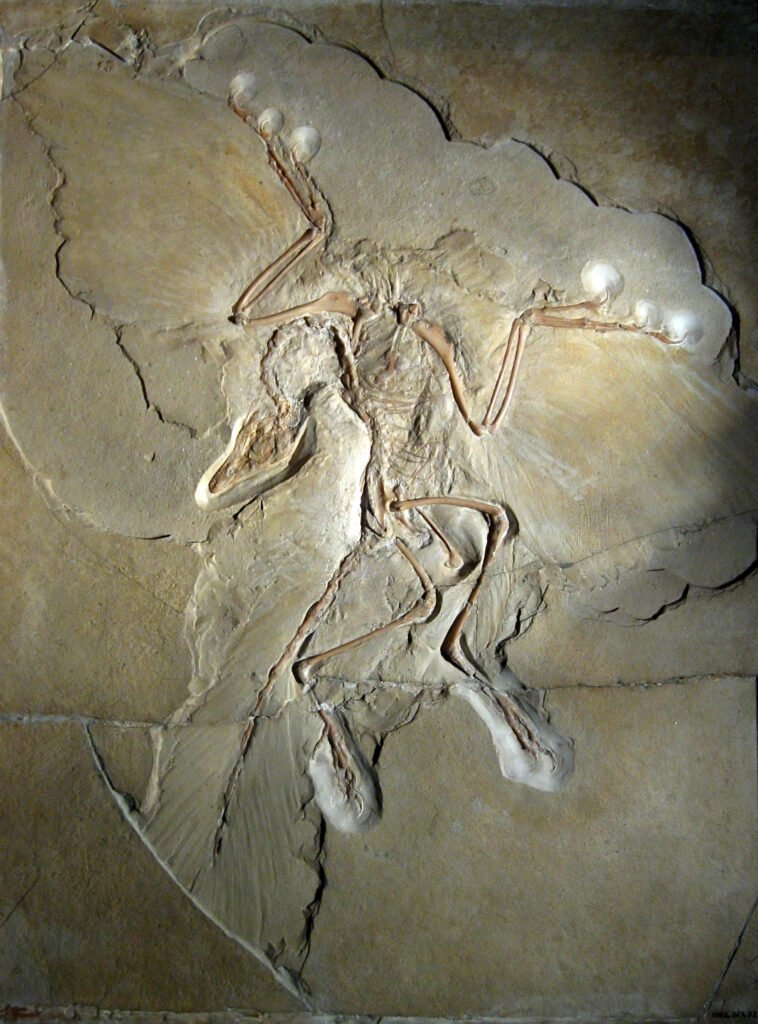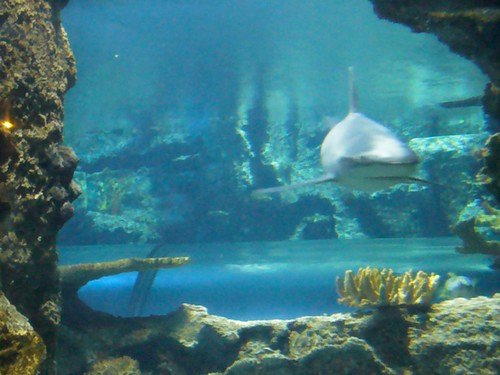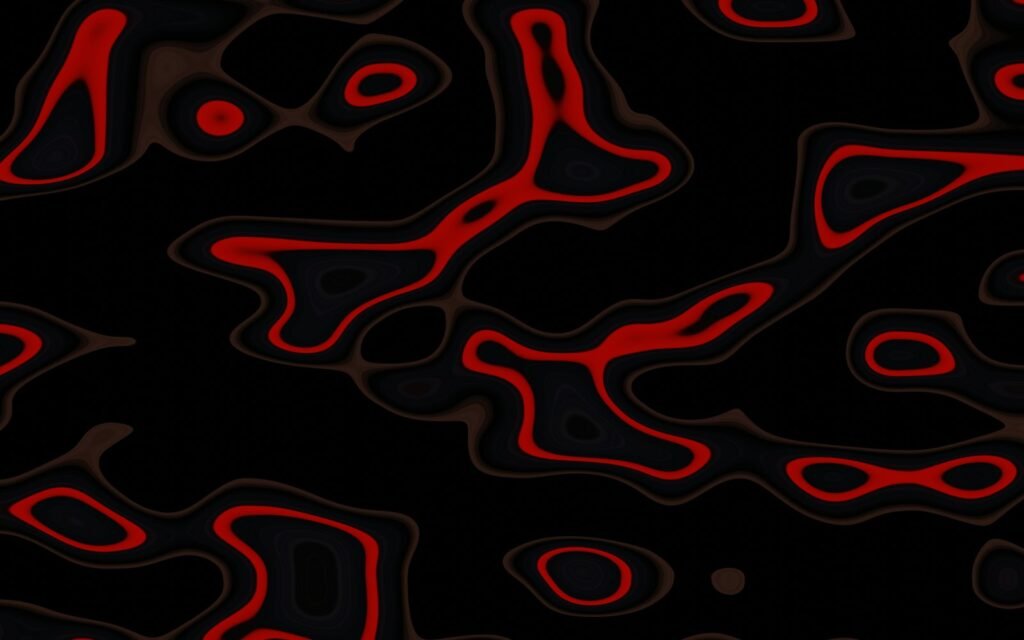In a world where the air was thick with mystery and the earth echoed tales untold, the first feathers began to take shape. These primitive structures were not just mere adornments of a bygone era; they were the harbingers of a grand evolutionary transformation. The dawn of feathers marked a pivotal moment in the evolution of life on Earth, bridging the gap between the mighty dinosaurs and the birds that soar our skies today. As we peel back the layers of time, we unravel the secrets these ancient feathers hold and the stories they whisper about the dinosaur-bird transition.
The Dawn of Feathers
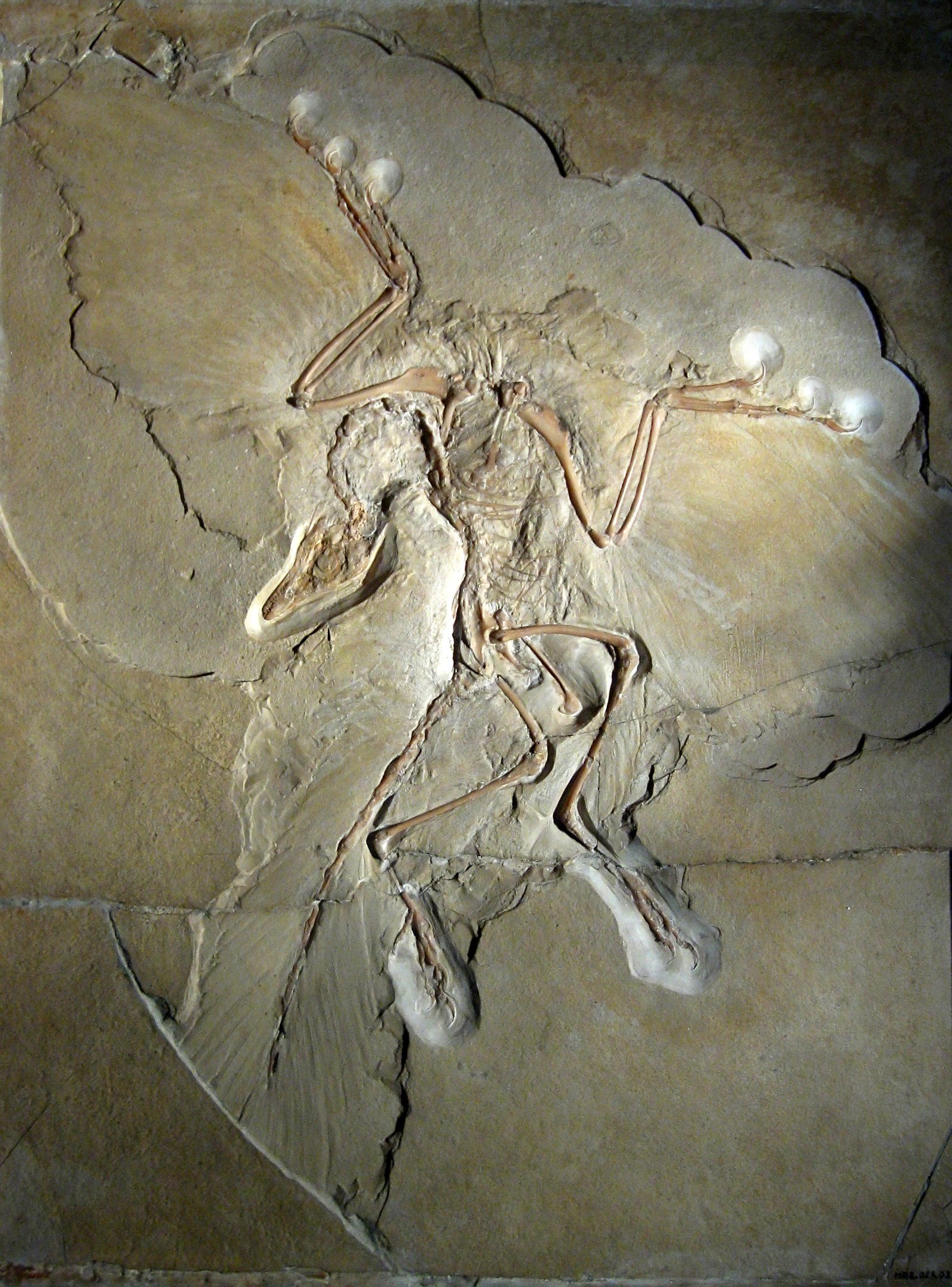
Feathers likely made their debut over 150 million years ago, during the Late Jurassic period, a time when dinosaurs roamed the earth with unrivaled dominance. These were not the vibrant plumes we associate with modern birds but rather simple, filamentous structures akin to the fuzz on a young chick. The initial purpose of these primitive feathers is still a subject of scientific debate. Some paleontologists suggest they served as insulation, helping small theropod dinosaurs regulate their body temperature. Others propose they played a role in display and camouflage, aiding in survival and mating rituals. It’s fascinating how these early feathers, much like a child’s first scribbles, hinted at the masterpieces they would eventually become.
Linking Dinosaurs to Birds
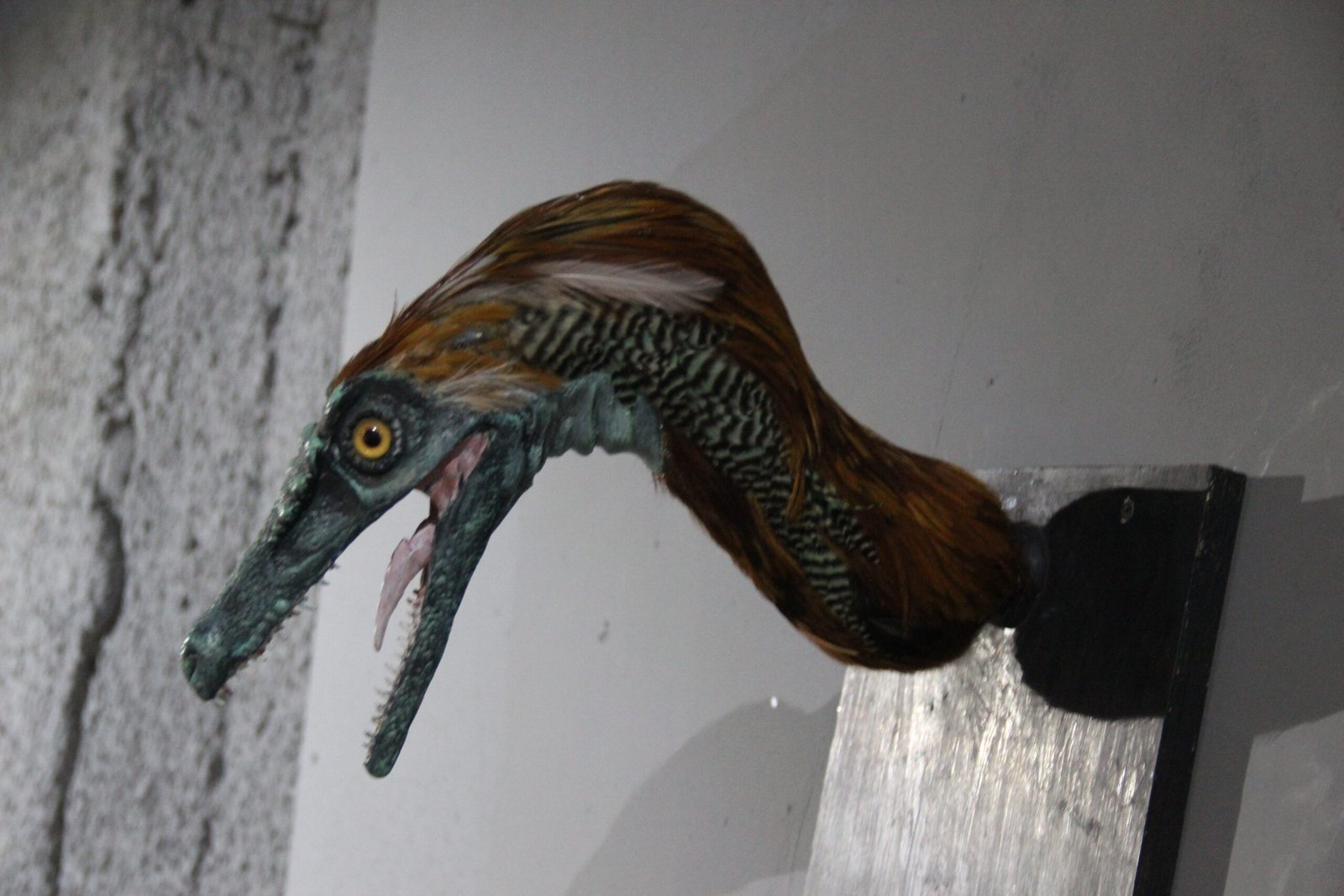
The discovery of feathered dinosaurs has been instrumental in linking these ancient reptiles to contemporary birds. For a long time, the notion that birds are descendants of dinosaurs was met with skepticism. However, fossils like Archaeopteryx, which possessed both avian and dinosaurian traits, provided compelling evidence of this evolutionary connection. Archaeopteryx had wings and feathers but also bore claws on its wings and teeth in its beak, characteristics typical of dinosaurs. Such discoveries have reshaped our understanding of the evolutionary tree, placing birds firmly within the dinosaur lineage.
Feathers as Multifunctional Tools

Feathers, in their earliest forms, were likely multifunctional. Apart from insulation and display, they may have played a role in sensory perception. Some theories propose that primitive feathers helped dinosaurs sense their environment, much like the whiskers on a cat. As evolution progressed, feathers became more specialized, adapting for flight, sound production, and even water repellency. This versatility underscores the evolutionary ingenuity that feathers represent, evolving from simple structures into complex tools that have enabled birds to conquer the skies, the seas, and every habitat in between.
Color and Communication
The evolution of feathers also heralded the dawn of color in the animal kingdom. While early feathers might have been dull and monochrome, they eventually evolved to display a dazzling array of colors and patterns. This explosion of color was not merely for aesthetic appeal; it played a crucial role in communication. Birds use their vibrant plumage to attract mates, ward off rivals, and even deceive predators. The ability to produce and perceive color thus became a driving force in the evolution of both feathers and the creatures that bore them.
Flight: The Ultimate Evolutionary Leap
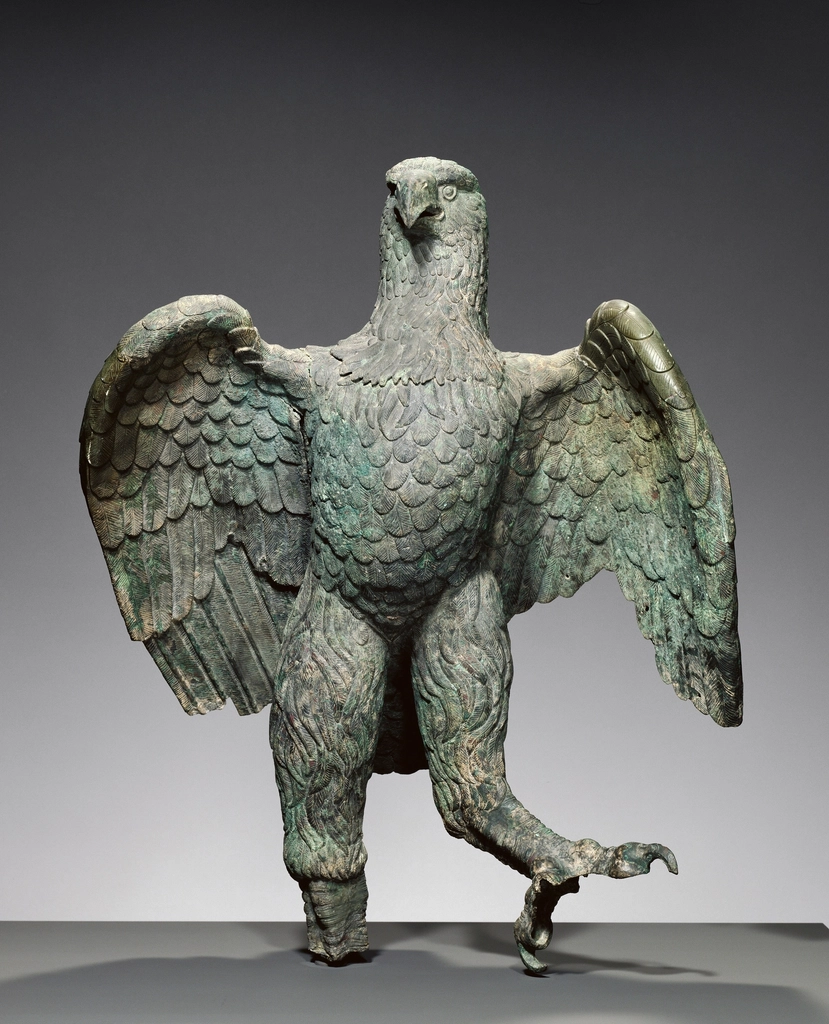
The evolution of flight was undoubtedly one of the most significant transformations in the history of life on Earth. Feathers were central to this development, providing the necessary lift and maneuverability. Initially, feathers might have aided in gliding or parachuting from trees, helping small dinosaurs evade predators or capture prey. Over time, these abilities were refined, leading to powered flight. The adaptation of feathers for flight represents an extraordinary example of natural selection, showcasing the incredible potential of evolutionary processes to mold life in novel and unexpected ways.
Feathers and Climate Adaptation

The role of feathers in climate adaptation cannot be overstated. As climate conditions fluctuated over millions of years, feathers provided a means for dinosaurs and early birds to adapt. Insulating feathers allowed these creatures to survive in colder climates, while waterproof feathers enabled them to thrive in wet environments. This adaptability ensured the survival and proliferation of feathered species across diverse habitats, underscoring the resilience of life in the face of environmental challenges.
The Fossil Record’s Feathered Tales

The fossil record has been a treasure trove of insights into the evolution of feathers. Fossils preserved in fine-grained sediments have provided exquisite details of feather structure and arrangement. Sites such as the Liaoning Province in China have yielded some of the most well-preserved feathered dinosaur specimens, offering glimpses into the past that are as vivid as they are enlightening. These fossils not only confirm the presence of feathers in dinosaurs but also reveal the diversity of feather forms and functions, painting a rich tapestry of evolutionary history.
The Genetic Blueprint of Feathers
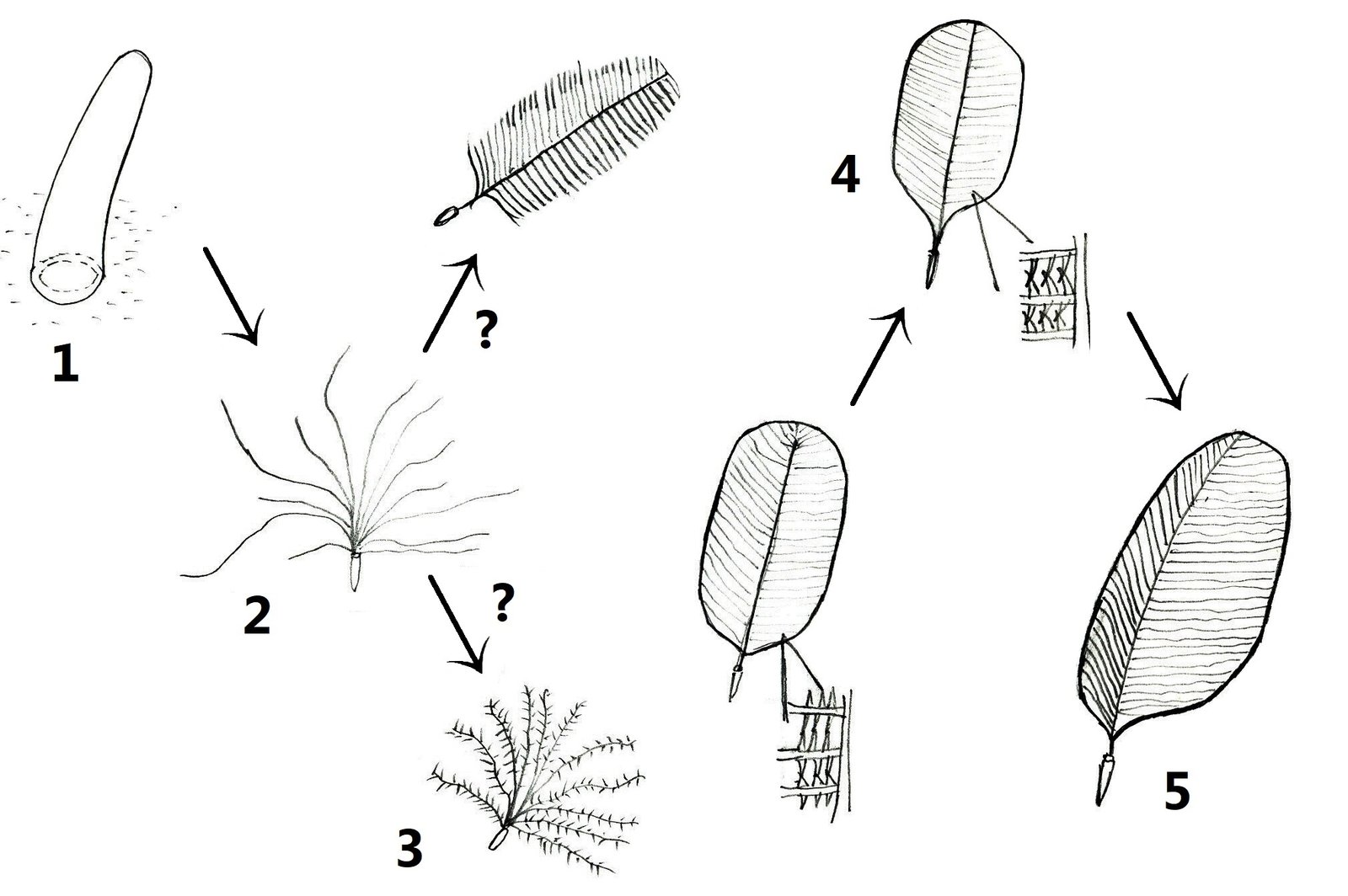
At the heart of feather evolution lies the genetic blueprint that orchestrates their development. Modern genetic studies have identified key genes responsible for feather formation, many of which are shared with reptiles. These findings suggest that the genetic machinery for feather development was already present in the common ancestors of birds and reptiles, waiting for the right evolutionary pressures to unlock their potential. Understanding the genetic basis of feathers provides valuable insights into the broader mechanisms of evolution and the interconnectedness of life on Earth.
Modern Birds: Living Dinosaurs
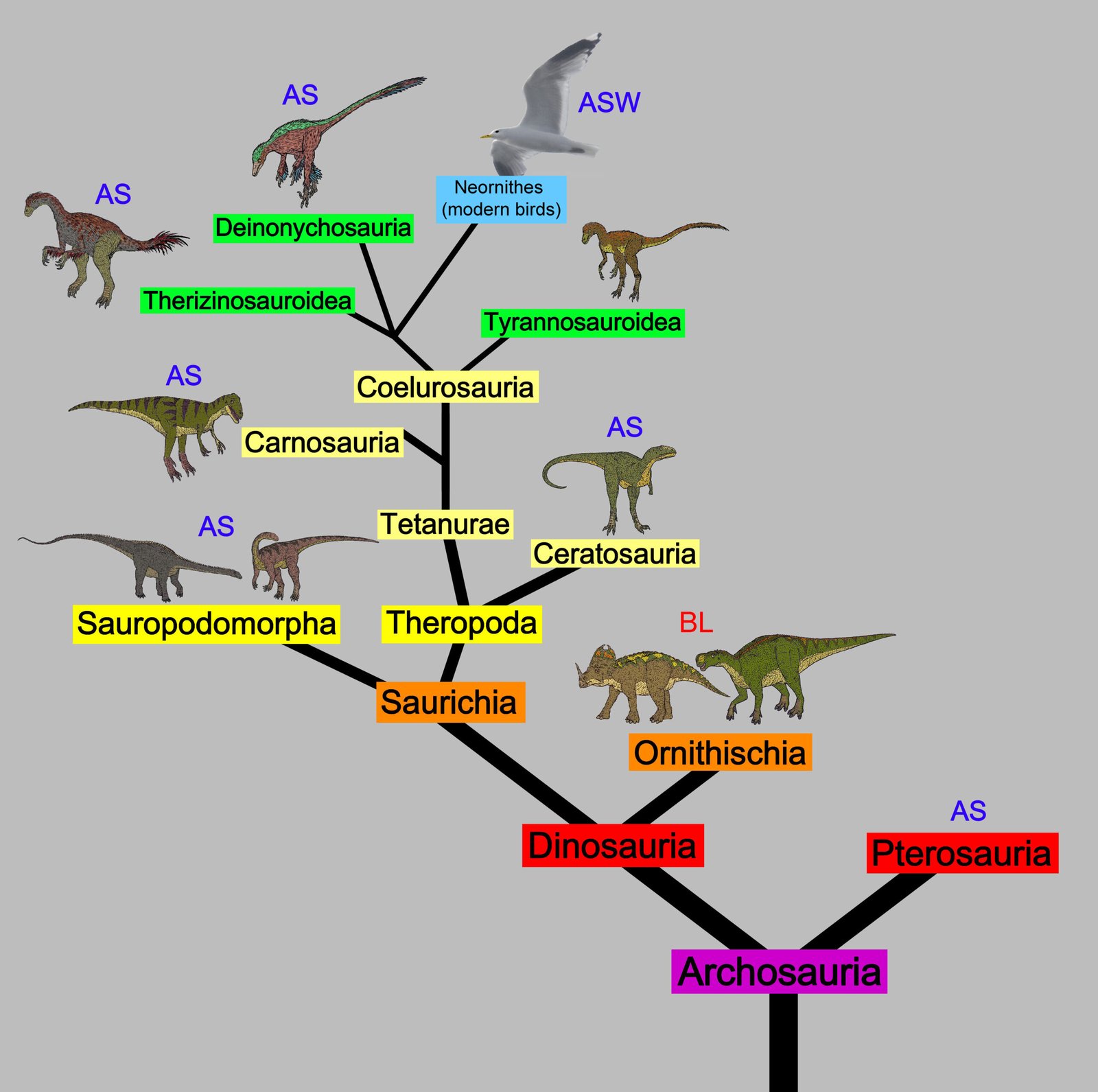
Today, birds are the living descendants of theropod dinosaurs, and feathers are a testament to this lineage. The diversity of bird species, each with its unique feather adaptations, reflects the evolutionary journey that began millions of years ago. From the powerful wings of eagles to the intricate plumage of peacocks, feathers continue to captivate and inspire. They are not only key to avian survival but also symbols of the enduring legacy of dinosaurs, reminding us of the dynamic and ever-changing nature of life.
The Future of Feathered Discoveries

As technology advances, the future holds promising prospects for uncovering more about the role of feathers in evolution. High-resolution imaging, genetic analysis, and computer modeling are just some of the tools scientists are using to delve deeper into the mysteries of feathers. Each new discovery adds another piece to the puzzle, enriching our understanding of the past and guiding our exploration of the natural world. The study of feathers is a testament to human curiosity and the relentless pursuit of knowledge, driving us to explore the wonders of life, past and present.

